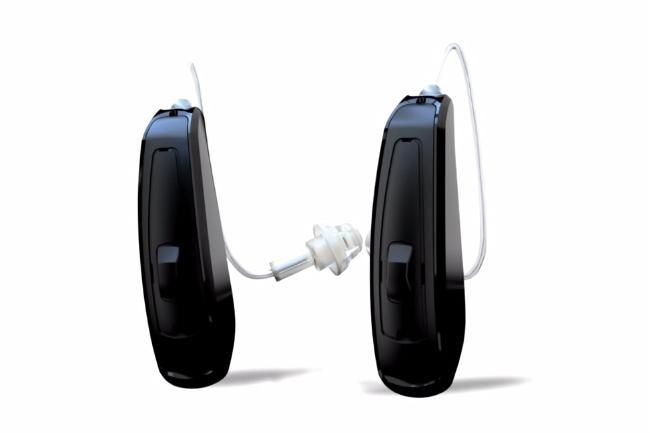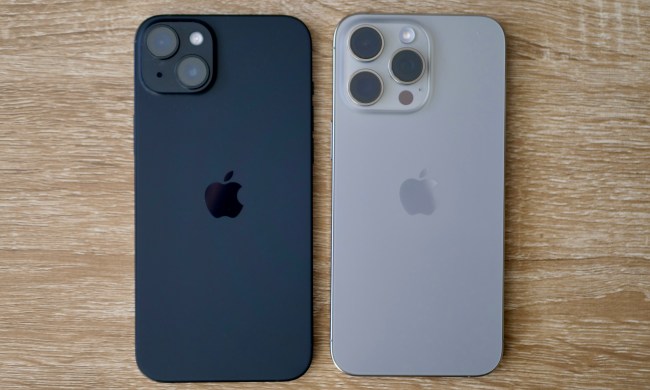
The fact that Apple has been hiring health-related experts to work on fitness-focused aspects of its rumored smartwatch means it won’t come as too much of a surprise to learn that the tech giant has also been collaborating with a company in the medical field on the development of a new product for the hearing-impaired.
Denmark-based GN ReSound worked with Apple on its new hearing aid, which it unveiled last week. The device, called LiNX and dubbed “the world’s smartest hearing aid,” syncs wirelessly with all iDevices, making use of iOS 7’s new accessibility options for the hearing-impaired.
Updated by Williams Pelegrin on 4-03-2014: The LiNX has launched in the UK now as well. It’s available from all “good” independent hearing aid dispensers. No word on whether ReSound will make a “Made for Android” version of the LiNX.

According to CNN, LiNX is “a hybrid of hearing aids and stereo Bluetooth headphones,” picking up and amplifying sounds in the vicinity while also being able to make use of a smartphone’s various features, including making phone and FaceTime calls, playing music, getting turn-by-turn directions, and so on.
Apple’s development team has included some neat little extras too. For example, a user can input custom settings in the device’s app for different environments, so you could choose particular volume, bass, and treble levels for your local movie theater, while at home you’d probably opt for a different set of audio levels. With the iPhone’s GPS functionality enabled, the device will switch to your custom settings automatically depending on your location.
Another feature, Live Listen, utilizes an iOS device’s microphone, so if a hearing-impaired person is trying to converse in a particularly noisy environment, the mic can be used to cancel out irrelevant noise and send a live stream direct from the speaker to the person’s ear piece.
The LiNX hearing aid is tiny, and is one of the smallest ReSound has ever made. It comes with its own iOS app offering a range of features, among them a ‘find my hearing aid’ tool that’s almost certain to come in useful from time to time.
With so many people seeking help for hearing loss sometimes years after the problem first surfaces – in part because of the stigma attached to wearing what many still believe to be bulky, unsightly contraptions – ReSound is hoping its new ultra-versatile hearing aid will encourage more people to get help sooner.
“The association with Apple is going to make a great difference in getting people in the door in the first place,” audiologist Dr. Smith told CNN.
The LiNX, which comes with a hefty $3000 price tag, is classed as a specialized medical device, so don’t expect to see it at your local Apple store anytime soon.
Unfortunately there’s no option for Android users just now, though who knows, perhaps Samsung is already on the case.
(Images: ReSound LiNX)
Article originally published 3-06-2014.


